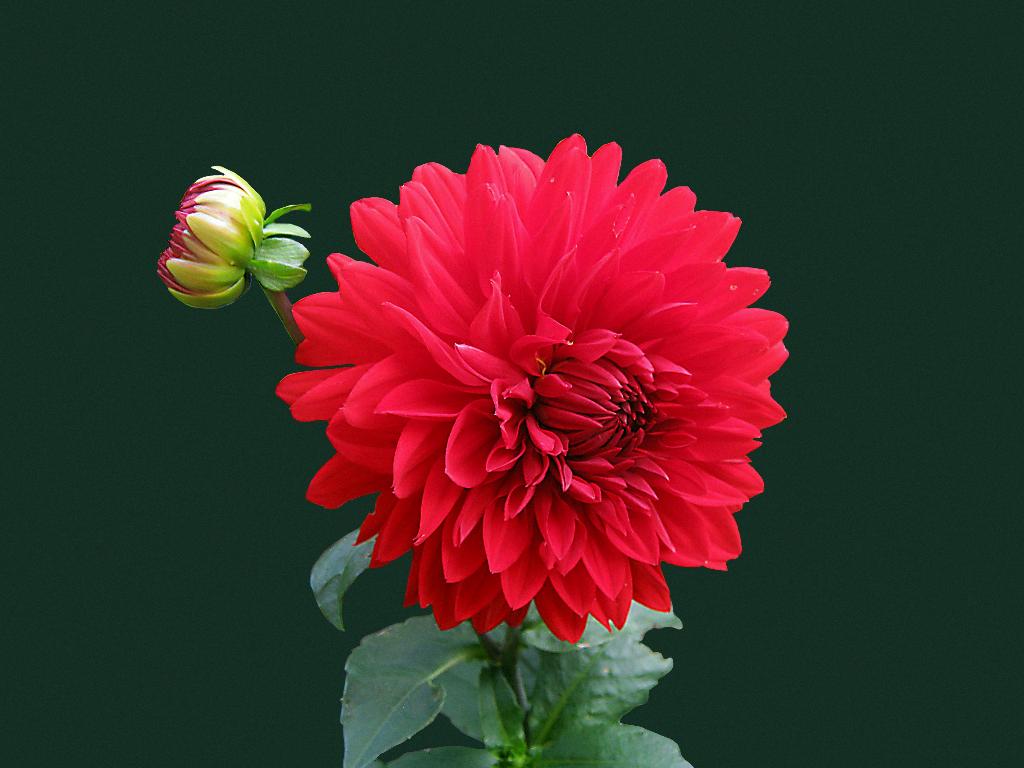If you’re interested in adding the stunning beauty of dahlias to your garden, starting from seed can be a rewarding experience. To begin growing dahlias from seed, proper timing is crucial. It is recommended to sow your dahlia seeds indoors about 4-5 weeks before the last frost date in your area.
Sowing Dahlia Seeds
When sowing dahlia seeds, it is essential to cover the seeds with a layer of growing medium and ensure that the soil surface remains moist until the seeds start to emerge. Once the seedlings have developed their true leaves, it is time to transplant them into larger cell packs to allow for better growth and root development.
Transplanting Dahlia Seedlings
Transplanting plays a vital role in the success of growing dahlias from seed. To ensure the health and vigor of your dahlia seedlings, it is crucial not to let the plants become root bound. Additionally, when transplanting, take care not to disturb the delicate roots of the seedlings.
Providing Proper Care for Dahlia Seedlings
Once your dahlia seedlings are transplanted into larger containers, it is important to provide them with proper care. Ensure that the seedlings receive adequate sunlight, water, and nutrients to support healthy growth. Regular monitoring of the soil moisture levels is essential to prevent the plants from drying out.
Transferring Dahlia Seedlings Outdoors
When the weather warms up and there is no longer a risk of frost, you can consider transferring your dahlia seedlings outdoors. Gradually acclimatize the plants to the outdoor conditions by exposing them to sunlight and outdoor temperatures before planting them in your garden.
Choosing the Right Planting Location
When planting your dahlia seedlings outdoors, select a sunny location with well-draining soil. Dahlias thrive in full sunlight and require adequate air circulation to prevent issues such as powdery mildew.
Supporting Dahlia Growth
As your dahlia plants grow, it is essential to provide them with support to prevent them from bending or breaking. Consider staking or using cages to support the tall stems of the dahlia plants as they develop.
Watering and Fertilizing Dahlias
Consistent watering is crucial for the health of your dahlia plants. Ensure that the soil remains consistently moist but not waterlogged. Additionally, fertilize your dahlias regularly with a balanced fertilizer to support healthy growth and vibrant blooms.
Managing Pests and Diseases
Keep an eye out for common pests such as aphids and spider mites that can affect dahlia plants. Consider using organic pest control methods to manage pest infestations. Additionally, practicing good garden hygiene can help prevent diseases such as powdery mildew.
Deadheading Dahlias
To encourage prolonged blooming and ensure healthier plants, make sure to deadhead your dahlia flowers regularly. Removing faded blooms will redirect the plant’s energy into producing new flowers, resulting in a more abundant display of blooms.
Overwintering Dahlia Tubers
Once the growing season comes to an end and the first frost approaches, it is time to prepare your dahlia tubers for overwintering. Carefully dig up the tubers, allow them to dry, and store them in a cool, dark, and frost-free location until the next growing season.

Enjoying the Beauty of Your Dahlias
With proper care and attention, growing dahlias from seed can reward you with a spectacular display of colorful blooms in your garden. Take the time to appreciate the beauty of your dahlia plants and enjoy the vibrant and diverse array of flowers they produce.
